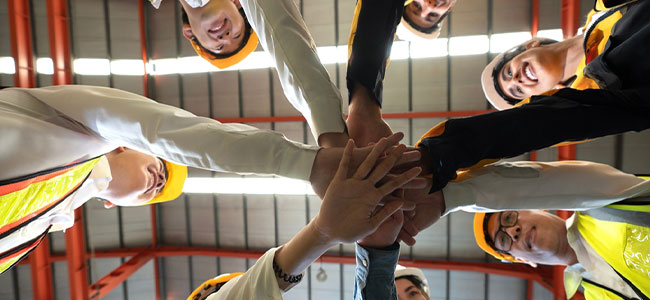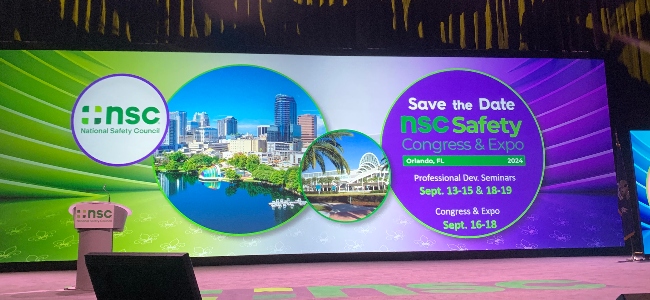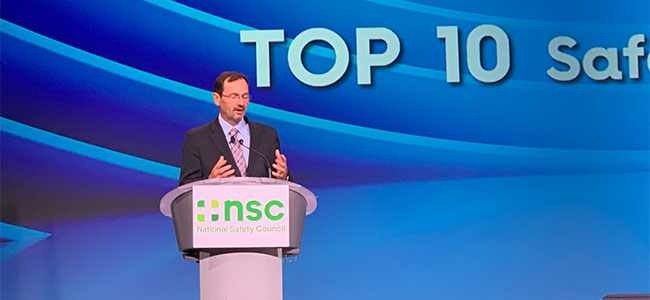
The evolving climate landscape presents new challenges for construction sites, making it crucial to reevaluate existing safety protocols.

Brookens Construction faces hefty penalties after another OSHA inspection.

Creating and promoting a culture of safety can mitigate the risk of hazardous conditions across the organization.

The public can attend the meeting both in person and online.

Allen brings a wealth of experience in HR leadership to her new role.

Speaker John Austin addressed how safety leaders can more effectively achieve change.

The annual safety event heads to Florida in September 2024.

This year’s awards program recognized Schneider, Walgreens and APTIM for outstanding contributions to workplace safety within their organizations across three key categories.

A roundtable discussion led to insights into diversity’s role in workplace safety.

The most frequently cited violation has held that title for more than a decade.